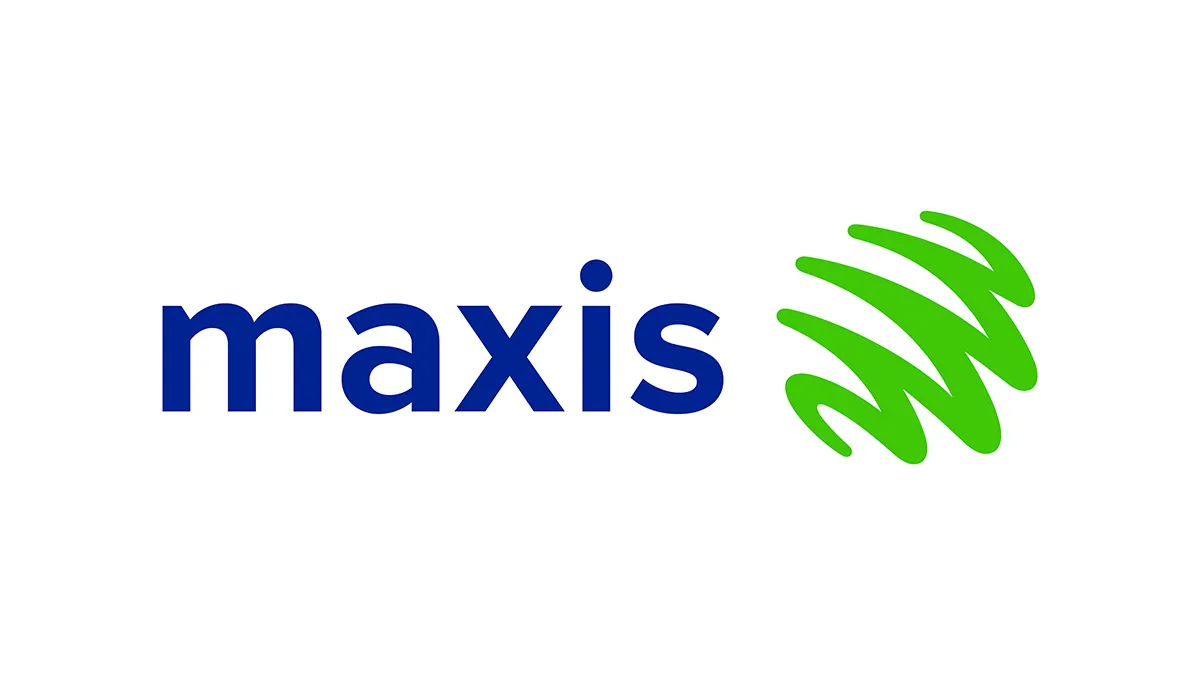SMEs and Digitalisation: ‘There’s no time like the present’

Bylined by Kevin Lee, Head of SME, Maxis
How often have you heard the age-old saying “If it ain’t broke, don’t fix it?” Essentially, what it means is that when a person recognises that something is in a satisfactory state, there is no reason to try to change it. But while I can appreciate that there is some truth to this saying, it certainly isn’t universally true all the time.
And it certainly isn’t true for businesses today. Why?
Simply put, the world has evolved dramatically in the past three decades thanks to the borderless nature of global trade, the evolution of the Internet, and the pace of technological developments. Global trade means local businesses not only compete in their respective markets but have to fend off regional players offering the same goods and services.
Fueling this is the Internet economy. In Southeast Asia, the Internet economy reached $72 billion (RM303.7 billion) in 2018 and is anticipated to exceed $240 billion (RM1.01 trillion) by 2025. In Malaysia alone, it was valued at $8 billion (RM33.7 billion) last year and is expected to almost triple to $21 billion (RM88 billion) by 2025. Meanwhile technology developments – measured by Moore’s Law that states that the overall processing power for computers will double every two years – may already be dead.
What does this all mean to businesses, particularly small and medium enterprises (SMEs)? Well, for starters, it means that they can no longer afford to have the aforementioned age-old mindset.
They need to realise that they cannot keep doing the things they’ve been doing the way they’ve been doing them and not embrace change. For the reasons already highlighted, SMEs are required to do more with less while focusing on both sales growth and profitability. They can achieve this by turning to a wide range of digital technologies that can transform their businesses, provide new revenue and value-enhancement opportunities for them to future-proof their business for years to come.
What Can SMEs Turn To?
What are some of these digital technologies? We begin by considering connectivity as it’s the lifeline of every business. Be it connecting with customers, clients, colleagues, suppliers, or partners, connectivity is of paramount importance.
But when we talk about connectivity, we aren't just talking about disparate systems being cobbled together to comprise corporate mobile lines, fixed-line options, and some basic office networking connectivity.
To capitalise on the true power of today’s connectivity, an SME must embrace cloud based converged communication. This is the ability to integrate fixed, mobile and computer networking communications so that SMEs can remain connected with their customers and stakeholders, anywhere, anytime on the move and be productive and efficient while doing so. You can now answer your office fixed line number on your mobile devices so you don’t miss any business opportunities. You can also access all your business documents and proposals on your mobile devices when you travel. A converged communication implementation also means that there is a single point of contact and service provider for any troubleshooting and billing, which further simplifies operational issues for the SME.
Once an SME has a best-in-class cloud based converged communication platform in place, it can build other value-added services on top of it. These include digital workforce operations, enterprise mobile applications, digital payments, e-commerce, digital marketing and rich content to name a few.
For an SME that has a large sales or field force, a digital workforce operation platform can be deployed. Managers can assign real-time tasks and monitor the workflow with status updates. With GPS capabilities, they can track employees’ locations remotely and use geo-fencing for alerts. Time and location stamps will give employers better visibility of staff attendance and verification of their locations throughout the working day.
Having such a platform not only improves efficiency but also reduces errors as data recording is no longer done on paper. Using digital forms reduces errors, cuts down on the time spent on data entry and stationery costs. All data would be stored in the cloud, enabling all employees to conveniently access important documents on any device, be it on their mobile phones from a café, or on their desktops in the office.
A converged communication platform also boosts business opportunities. Because communication is integrated together, an SME would never have to miss an opportunity to talk to customers, remotely and on the go. All calls and corporate data are synced, tapped from the cloud and accessed via enterprise mobile applications which makes ‘work’ no longer a destination but rather an activity that they experience from wherever they are.
But perhaps the most important advantage of cloud adoption is the ability to digitalise important business data and to analyse and understand them. By making sense of this data, an SME retailer for example, will be able to learn more about its customers, discover pain points in its business systems and address and resolve those pain points.
Furthermore, an SME retailer can gain insights to buying habits, customer preferences, seasonal trends and design campaigns to elicit repeated sales from existing customers. It can even use the data to make recommendations, even those who customers aren’t aware of, and reach out to them with new sales. This will not only improve the retailers’ sales but also enhance customer experience and an SME’s brand value.
You Can Act Now
We began by considering the saying “If it ain’t broke, don’t fix it,” and argued that it isn’t universally true. Instead of adhering to this saying, I’d like to suggest another: “There is no time like the present.”
In truth, an SME shouldn’t fear embracing digitalisation, the process of modernising its business by adding digital technology and new business models to it. Although the journey may seem daunting for an SME, it should embrace digitalisation if it doesn’t want to risk being left behind.
So, what’s stopping you from moving forward and acting today?




